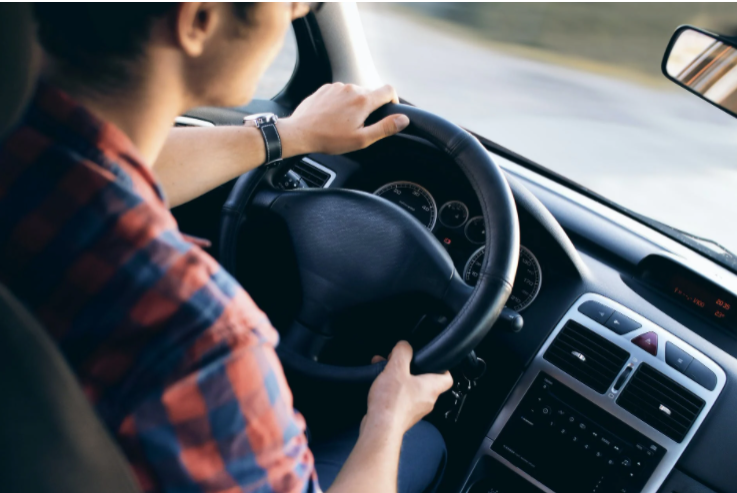
In 2020, the driving statistics showed the pattern of everyday conventional driving including that of self-driving vehicles. The statistics are eye-opening and they are quite revealing instance of what happens when an element of prevailing traffic conditions gets altered.
Due to the coronavirus pandemic that forced the world to shut down for months, there was less traffic. Because of this, people naturally assumed that there would be lowered number of incidents like speeding and car crash since there is less traffic and people are now really fighting for the road.
The count of car crash fatalities did decrease, logically so, but only by a slim difference of 2%, and this is not the decrease that experts had expected.
Self-driving cars caused crash
Despite the drop in the volume of cars on the roadways and the drop in the count of related fatalities, the car crash fatality rate per miles driven increased by 18% thus reaching a level of 1.25 car-related crash deaths per 100 million vehicle miles. In 2019, that was 1.06 million vehicle miles.
Also Read: 38-Year-Old Driver Dies After Using Tesla Model X's Autopilot Feature; Tesla Unaccountable?
This means that the frequency of getting into a car crash that can cause fatality was enhanced. The statistics is a paradox, there was less traffic and fewer driving-related fatalities, but at the same time there was a massive jump in the frequency of car crash deaths per miles driven. So how did this happen?
The most sensible explanation is that drivers tend to drive at higher speeds whenever there is lessened traffic. And by going faster, drivers have a higher risk of getting involved in car crash. Basically, people drive recklessly if they are given the chance to do so, according to Business Insider.
Not only that, AI-based self-driving cars aren't the best either when it comes to changing the human behavior during different traffic circumstances.
In a study done by Axios, it showed that self-driving cars are just not advanced enough to handle human behavior. If self-driving cars replace conventional cars, robots will have to drive alongside humans. That means that they will have to drive alongside cyclists, pedestrians, and the driver themselves.
Humans behind the wheel tend to be more confident when two factors are combined: empty road and self-driving vehicle. This results to speeding and eventually an accident.
Self-driving cars need more training
Due to the high volume of accidents in 2020, experts are now speculating whether self-driving cars are really ready for the road. AI vehicles are more sensitive than conventional cars.
Companies such as Tesla which are adamant in making self-driving cars, more testing, advancement and regulation are needed, according to Forbes.
Self-driving vehicles need to be trained on real-world data in order to operate in real-world environments. They need to be able to recognize all the features of the road environment including roads, traffic control signals, curbs, signs and all the potential hazards that they can encounter including pedestrians, other cars and other obstructions.
Not only do self-driving vehicles need to be able to recognize the environment, they also need to act on that recognition and make the correct decisions on how to navigate or deal with obstructions.
Related Article: Tesla Model 3 2021 Refresh: Updated Design Copied Model Y? Heated Steering Wheel, New Features Coming
This article is owned by Tech Times
Written by Sieeka Khan





